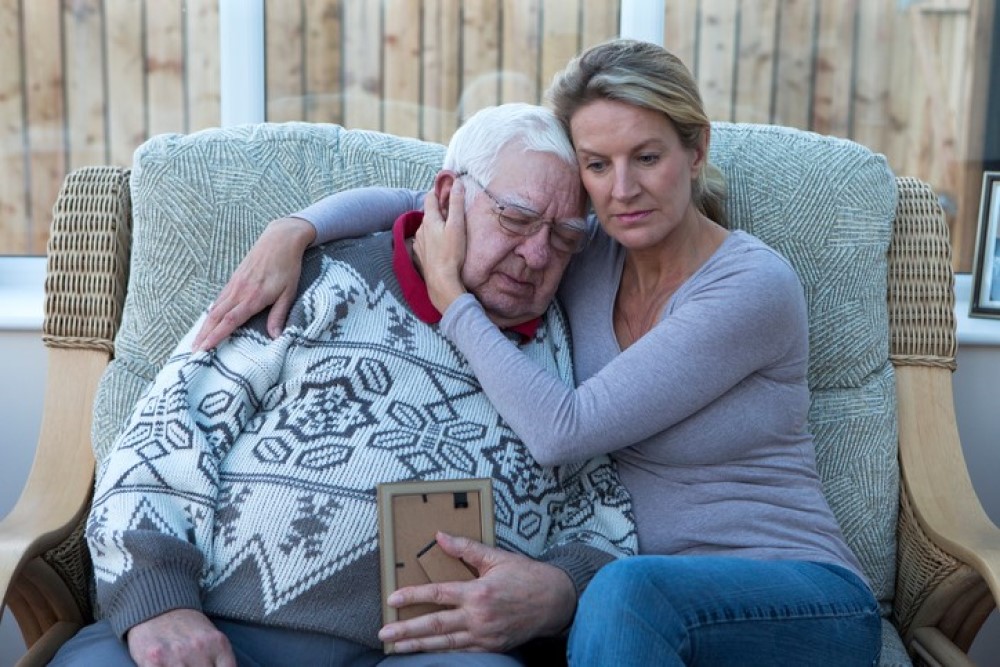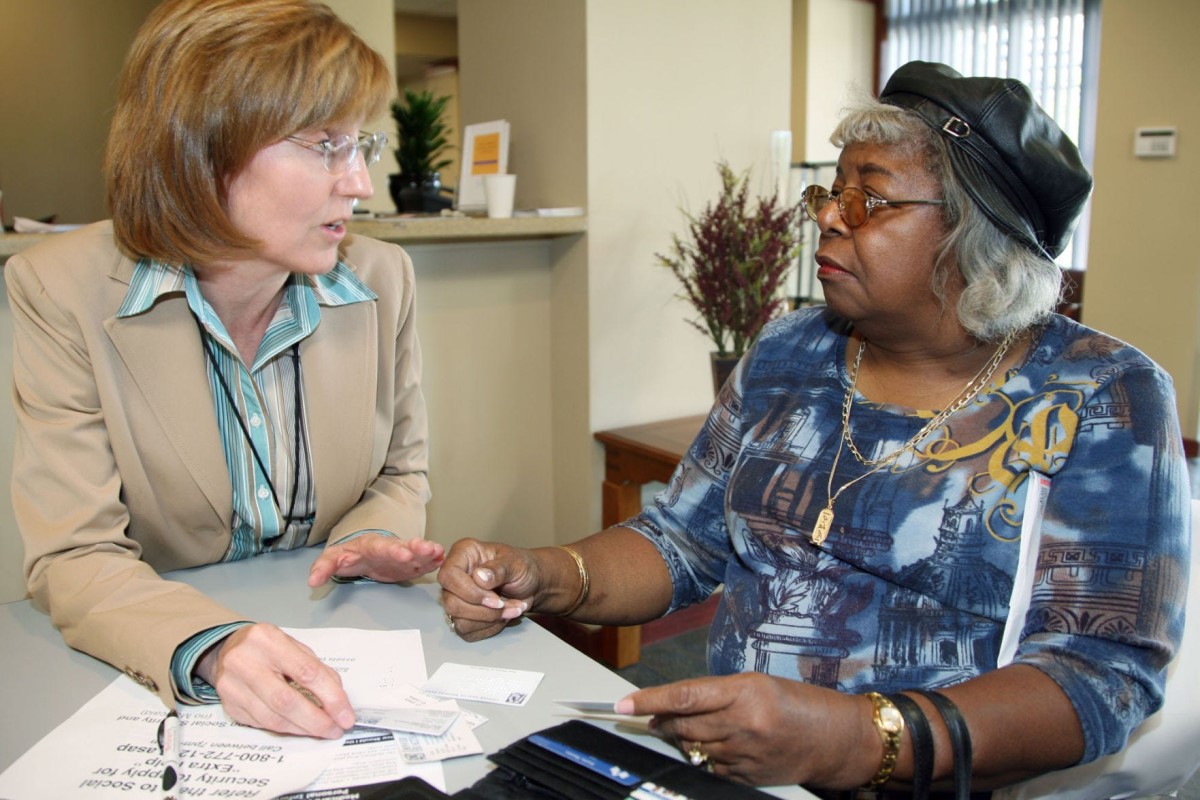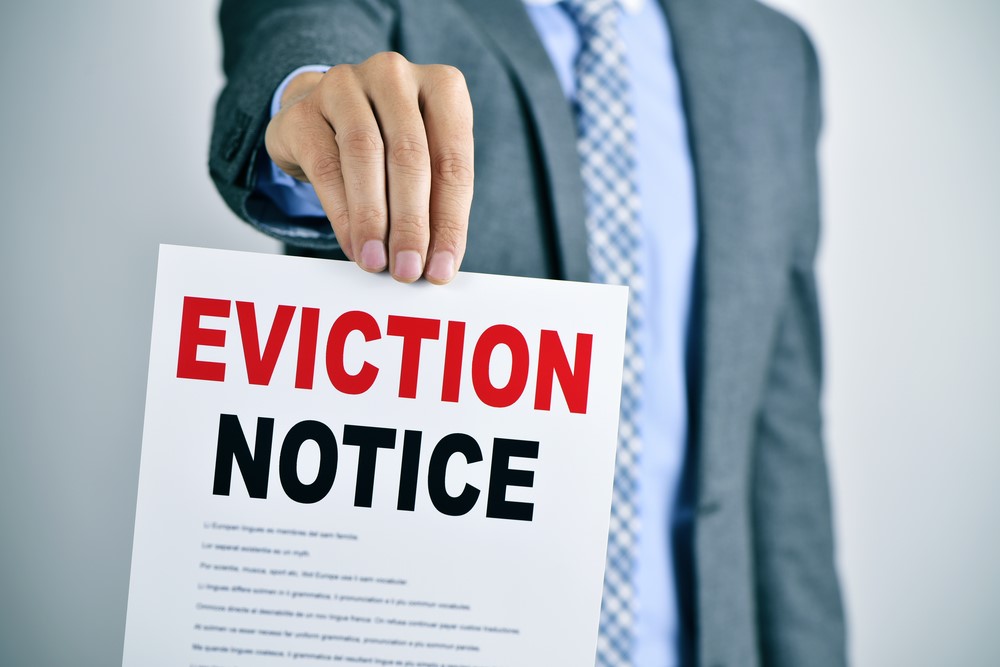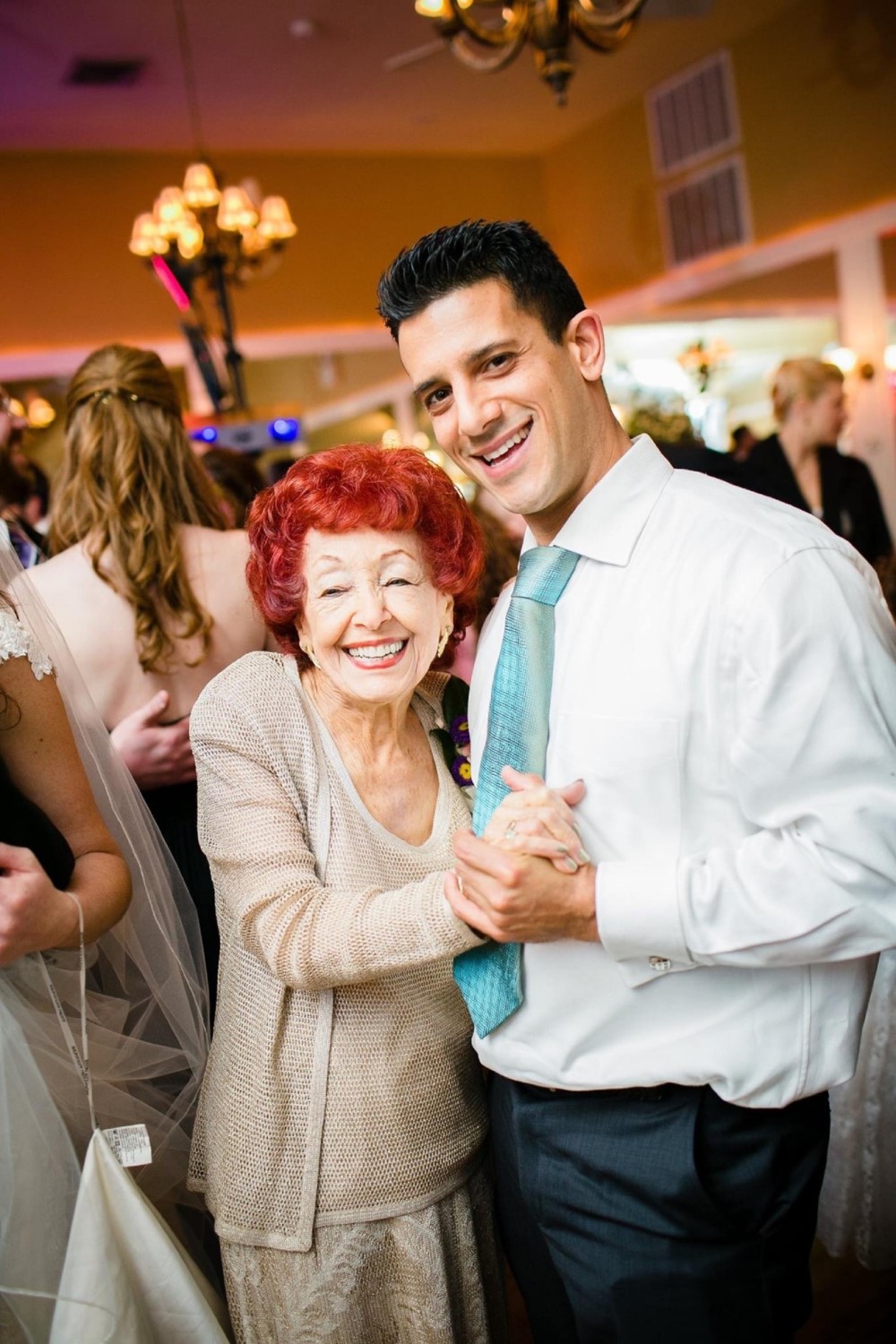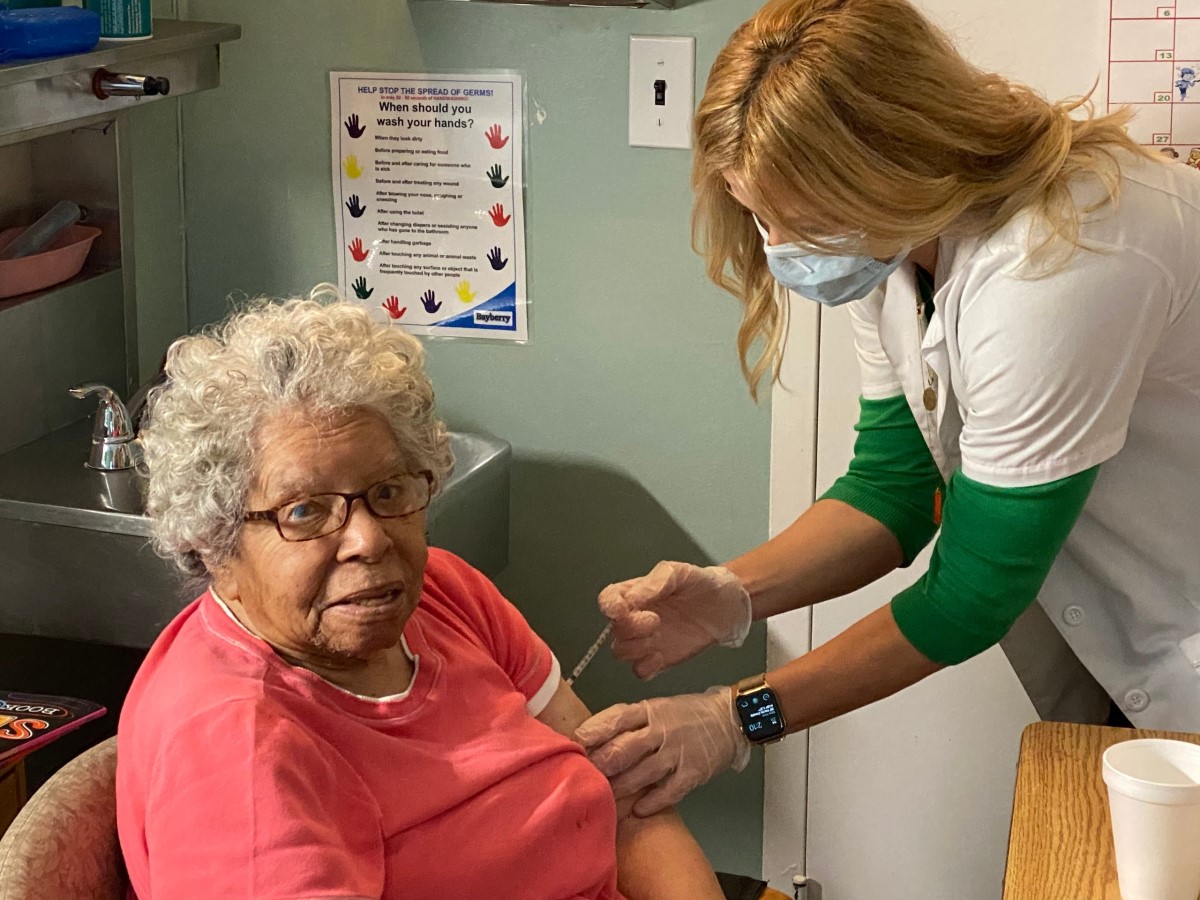08 Nov A Looming Shortage Of Geriatricians Will Severely Affect Our Aging Adults
[vc_row css_animation="" row_type="row" use_row_as_full_screen_section="no" type="full_width" angled_section="no" text_align="left" background_image_as_pattern="without_pattern"][vc_column][vc_column_text] A Looming Shortage Of Geriatricians Will Severely Affect Our Aging Adults My younger son and his wife recently blessed us with a baby girl. She is a beautiful little 4-month-old, healthy, and gorgeous little girl. Recently, I asked my son for permission to tag along for her monthly pediatric visit. My purpose was to see the difference in how children and adults receive health care. When we arrived for our appointment at the local hospital pediatrics clinic, we were welcomed by a fantastic bunch of friendly and knowledgeable professionals: doctors, nurses, paraprofessionals, educators, and support staff. I was overwhelmed with a sense of deep caring and professionalism. It was all very organized and smooth. It was a great experience, and while I was thrilled that my granddaughter was receiving such top-notch care and was healthy, my heart sank because hundreds of thousands of aged adults can't avail themselves of the same quality experience. There is a severe shortage of geriatricians in the United States. We only have 7,000 geriatricians for an over-65 population of 54 million. Experts suggest that we need at least 40,000. In contrast, we have over 50,000 pediatricians for 74 million children. Geriatrics is one of the few medical specialties in the United States that is contracting even as the need increases, ranking at the bottom of the list of specialties that internal medicine residents choose to pursue. The United States is facing a shortage of geriatricians as the number of older adults outpaces the number of newly trained specialists in the field. A geriatrician is a physician already certified in internal or family medicine who has completed additional training in caring for older adults. In addition to providing clinical care, geriatricians are skilled in navigating the labyrinth of psychological and social problems that often arise in the aging population. These doctors understand the dynamics of an older person's body. They can prescribe treatment methods with the best outcomes for this population segment. The scarcity of geriatricians in the United States (especially in rural areas) is a severe problem in the public health sphere due to the increased number of older adults and the lack of healthcare professionals who specialize in this demographic. Approximately 7000 geriatricians practice in the United States, and around half are full-time. Research shows that 30 percent of people 65 years old and older need care from a geriatrician, and each geriatrician can care for up to 700 patients. The issue of aging is more critical in rural areas because residents tend to be older, on average, than those in urban areas. In 2020, one-third of all adults 65 and older lived in rural areas. With only 7,000 geriatricians in the U.S., we have only roughly 1.07 geriatricians for every 10,000 geriatric patients. To put this into perspective, the American Geriatrics Society estimates that one geriatrician can care for about 700 patients. This deficit is striking and will have many implications for the senior population in the future. Experts suggest that we need at least...


